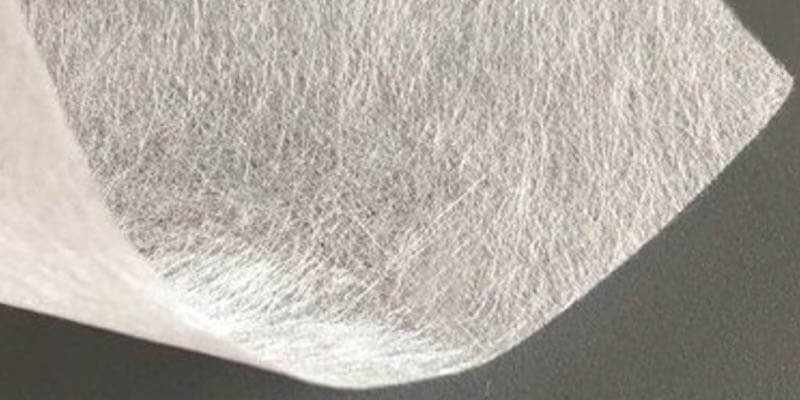Fiberglass Veil
The Fiberglass Surface Veil has good resin penetration and compatibility and can be applied to the resin-rich layer to improve the interlayer resin fluidity.
To cover the cloth spots and tows in the reinforcing material;
To provide a smooth and dense surface;
To make it easy for further operation and enhance the adhesion of the gel coat, suitable for most molding processes and main resin systems.
A fiberglass veil, also known as a fiberglass mat, is a non-woven fabric made from fine glass fibers. It is commonly used in various industrial and commercial applications due to its unique properties and versatility. Here are some key points about fiberglass veils:
Material Composition: Fiberglass veils are typically made from very thin glass fibers that are randomly oriented and bonded together using a binder material. This structure gives the veil its characteristic non-woven appearance.
Applications: Fiberglass veils find applications in a wide range of industries, including construction, automotive, aerospace, marine, and electronics. Some common uses include reinforcement in composites, insulation materials, filtration media, acoustic panels, and corrosion-resistant coatings.
Reinforcement: One of the primary uses of fiberglass veils is as a reinforcement material in composite products. When combined with resins, such as polyester, epoxy, or vinyl ester, the veil enhances the mechanical properties of the final composite, including tensile strength, flexural strength, and impact resistance.
Thermal and Electrical Insulation: Fiberglass veils have good insulating properties, making them suitable for applications where thermal or electrical insulation is required. They are used in products like insulation blankets, fire-resistant barriers, and electrical insulation materials.
Corrosion Resistance: Fiberglass veils can be used in corrosion-resistant coatings and linings due to their inertness to chemicals and moisture. This makes them valuable in industries where protection against harsh environments is essential.
Filament Winding: Fiberglass veils are often used in filament winding processes to manufacture pipes, tanks, and other cylindrical or tubular structures. The veil helps improve the overall strength and durability of the finished product.
Acoustic Absorption: In architectural and acoustic applications, fiberglass veils are used as part of sound-absorbing panels and materials. The fibrous structure helps dampen sound waves and reduce noise levels.
